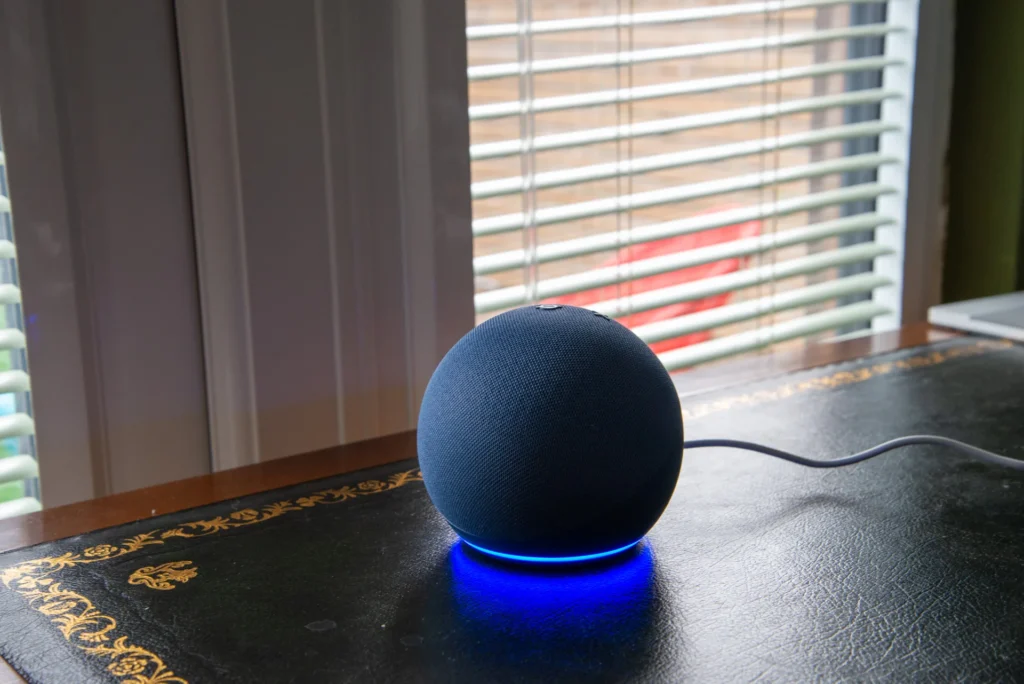Introduction
Imagine a home that anticipates your needs, adjusts itself to your preferences, and ensures your safety—all while you go about your day. Welcome to the world of smart homes. This technological marvel, powered by the Internet of Things (IoT), is revolutionizing Indian living spaces, blending convenience with cutting-edge innovation.
The Concept of Smart Homes
Defining Smart Homes
Smart homes are residences equipped with network-connected products (appliances, lighting, heating, air conditioning, TVs, computers, entertainment audio & video systems, security, and camera systems) that allow for remote management and automation. These homes can be controlled through smartphones, tablets, or other networked devices, transforming mundane living spaces into interactive environments.
Evolution of Smart Homes
The journey of smart homes began with simple automation systems. Over the years, advancements in technology have turned these basic systems into sophisticated networks capable of learning and adapting to users’ behaviors and preferences, making homes smarter and more efficient.
IoT: The Backbone of Smart Homes
Understanding IoT
The Internet of Things (IoT) refers to the interconnection of everyday objects to the internet, enabling them to send and receive data. In the context of smart homes, IoT allows various devices and systems to communicate with each other, creating a seamless and integrated living experience.
Key Components of IoT in Smart Homes
Key components include sensors, actuators, smart devices, and a central hub or gateway. Sensors collect data from the environment, actuators execute commands based on this data, and the central hub manages and coordinates the activities of all connected devices.
Benefits of Smart Homes
Enhanced Security
Smart homes offer advanced security features such as smart locks, surveillance cameras, and motion sensors. These systems provide real-time alerts and can be monitored remotely, ensuring the safety of your home even when you’re away.
Energy Efficiency
Smart homes are designed to optimize energy usage. Smart thermostats, lighting systems, and appliances can be programmed to operate only when needed, reducing energy consumption and lowering utility bills.
Convenience and Comfort
The automation of daily tasks enhances convenience and comfort. Imagine your coffee maker starting brewing as soon as you wake up or your lights dimming automatically when you start watching a movie. These are just a few examples of how smart homes simplify life.
Health and Wellness
Smart homes can contribute to better health and wellness. Devices like air purifiers, humidity sensors, and fitness trackers monitor and improve indoor air quality and personal health metrics, promoting a healthier lifestyle.
Popular Smart Home Devices in India
Smart Speakers

Smart speakers like Amazon Echo and Google Home are becoming household staples. They act as central hubs, controlling other smart devices through voice commands and providing information, entertainment, and assistance.
Smart Lighting
Smart lighting systems allow users to control the intensity and color of lights through their smartphones. These systems can be programmed to follow daily routines, enhancing comfort and energy efficiency.
Smart Thermostats
Although relatively new to India, smart thermostats are gaining popularity. They adjust heating and cooling based on occupancy and user preferences, offering significant energy savings.
Smart Security Systems
From smart doorbells to advanced surveillance systems, these devices enhance home security. They offer features like real-time video streaming, remote monitoring, and instant alerts in case of suspicious activities.
Integration with Traditional Indian Living
Bridging Tradition with Technology
Smart home technology is adaptable, making it possible to integrate with traditional Indian living. Customizable settings allow users to maintain cultural practices while enjoying the benefits of modern technology.
Smart Home Solutions for Indian Households
Specific solutions cater to the unique needs of Indian households. For instance, smart kitchen appliances designed for Indian cooking styles, or water purifiers integrated with IoT for real-time monitoring and maintenance.
Smart Home Ecosystems
Major Players in the Market
Companies like Samsung, LG, Philips, and Xiaomi are leading the smart home market in India. These companies offer a wide range of interoperable devices that can be seamlessly integrated into a single smart home ecosystem.
Interoperability of Devices
A critical aspect of smart homes is the ability of devices from different manufacturers to work together. Standards like Zigbee, Z-Wave, and Matter ensure compatibility, allowing users to build versatile and cohesive smart home systems.
Challenges and Solutions
Data Privacy and Security
With great connectivity comes the risk of data breaches. Ensuring robust security measures and adopting best practices for data privacy are essential to protect user information and maintain trust.
Cost and Accessibility
The initial cost of setting up a smart home can be high. However, the long-term savings in energy bills and the convenience provided often justify the investment. Additionally, prices are expected to drop as the technology becomes more widespread.
Technical Challenges
Technical issues such as connectivity problems and compatibility issues can arise. Continuous advancements in technology and user education can help mitigate these challenges.
Future of Smart Homes in India
Emerging Trends
The future of smart homes in India looks promising with trends like AI integration, advanced machine learning algorithms, and the rise of 5G technology set to enhance the smart home experience further.
Government Initiatives
Government initiatives like Digital India are promoting the adoption of smart technologies. Policies and subsidies aimed at encouraging smart home setups are also expected to drive growth.
Market Growth Projections
The smart home market in India is projected to grow significantly in the coming years. Increasing awareness, technological advancements, and rising disposable incomes are key factors contributing to this growth.
Smart Homes and Sustainability
Reducing Carbon Footprint
Smart homes contribute to environmental sustainability by optimizing energy usage and reducing waste. Automated systems ensure efficient resource management, lowering the overall carbon footprint.
Sustainable Living Practices
Adopting smart home technologies promotes sustainable living practices. For instance, smart irrigation systems for gardens reduce water usage, while smart waste management systems ensure efficient recycling and waste disposal.
Smart Homes in Urban vs. Rural India
Adoption Rates
While urban areas are rapidly adopting smart home technologies, rural areas are gradually catching up. Tailored solutions and government support are helping bridge the gap.
Tailored Solutions for Different Demographics
Smart home solutions are being tailored to meet the needs of different demographics. For example, voice-controlled devices are particularly beneficial for elderly residents, while smart agricultural tools are aiding farmers in rural areas.
Case Studies: Successful Implementations
Urban Smart Homes
Urban smart homes showcase the full potential of smart technology, with integrated systems for lighting, security, climate control, and entertainment, offering a glimpse into the future of urban living.
Rural Smart Homes
Rural smart homes focus on practical applications, such as smart irrigation, solar energy management, and remote health monitoring, demonstrating the versatility and impact of smart technologies.
DIY Smart Home Projects
Getting Started
Starting a DIY smart home project can be an exciting and rewarding experience. Begin with basic devices like smart plugs and lights, gradually expanding your setup as you become more comfortable with the technology.
Cost-effective Solutions
There are numerous cost-effective solutions available for those on a budget. From affordable smart bulbs to budget-friendly smart speakers, it’s possible to create a smart home without breaking the bank.
The Role of Smart Homes in Daily Life
Simplifying Routine Tasks
Smart homes simplify routine tasks through automation. From setting reminders to managing household chores, these technologies save time and effort, making daily life more manageable.
Enhancing Quality of Life
Ultimately, smart homes enhance the quality of life by providing a comfortable, efficient, and secure living environment. They offer a blend of luxury and practicality, transforming how we live and interact with our homes.
Conclusion
The advent of smart homes is redefining Indian living spaces. By embracing IoT and smart technologies, we can create homes that are not only more efficient and convenient but also more attuned to our needs and lifestyles. As technology continues to evolve, the possibilities for smart homes are boundless, promising a future where our homes are as intelligent and dynamic as we are.













